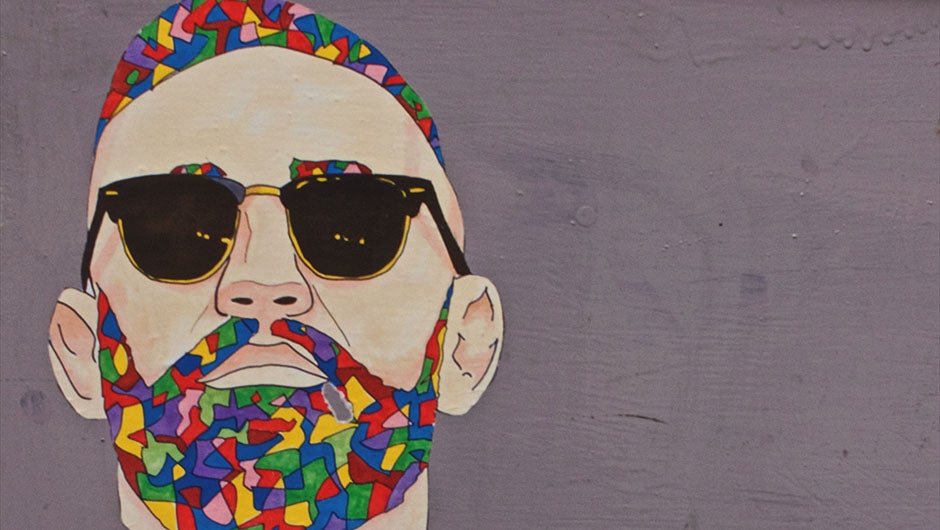A decade ago, social media was little more than a budding trend. It has since become a major component of modern lifestyle and a crucial marketing channel for businesses across the world. Its ubiquitous presence in everyday life has changed the way we communicate, businesses function and how different cultures connect.
Social media has also become an increasingly popular channel for art enthusiasts. Instagram, in particular, has emerged as the platform of choice for many artists, collectors and galleries. With more focus on visual experience, the photo sharing site is being used to promote artwork and exhibitions within the online community.
Instagram Enables Up-and-Coming Artists to Gain Exposure
Before the rise of social media, artists had to go through the lengthy and often fruitless process of getting the support of critics, galleries and big name collectors. This was the only way of gaining any sort of reputable exposure and getting works displayed in an exhibit.
Today, many contemporary artists use Instagram either as an online portfolio or a virtual art gallery. This allows the artist to simultaneously become the creator, the dealer and the curator of their work.
As one of the most popular social media platforms around, Instagram makes it much easier for artists to gain exposure. The discover function on Instagram enables users to be introduced to the work of artists they may not have known previously. This exposure is paramount to the growth and success of little known artists. As interest grows, followers of the artist become critics and collectors, witnessing the creation of work in real time.
Hyperrealism tends to be one of the artistic styles that generates the most interest on social media. Plus One Gallery has discussed the rise of hyperrealist artists via Instagram such as Jack Ede. The 19-year-old shot to prominence after his portrait of One Direction’s Harry Styles went viral. This prompted him to leave school and pursue a full-time career in art.
Instagram Provides an Entirely New Way to Access Art
The art world has traditionally been a realm exclusive to the wealthy. Earlier this year, Pablo Picasso’s Les Femmes d’Alger sold for $179 million smashing the record for a painting sold at auction. The world’s most expensive piece of art, Paul Gauguin’s When Will You Marry Me, sold for almost $300 million in February when the state of Qatar acquired the painting from a Swiss collector.
Instagram has emerged as a more democratic platform for art, offering unparalleled access to those whose pockets are not as deep as their enthusiasm for art. It also allows serious collectors and critics to discover and evaluate art without bias. In a sense the platform strips away reputation and fanfare, instead forcing artists to connect with people in a visually engaging and innovative way.
The mobility of Instagram also makes it perfect for the hyper-connected lifestyle of the 21st century. An artist can instantaneously share their work from the convenience of their smartphone. No longer do critics and collectors have to physically visit a gallery to view a masterpiece. Most importantly to the artist, instant feedback and critique is provided in the form of “likes” and comments.
Instagram Can Boost the Sales of Artwork
Instagram has no functionality that currently makes it a direct sales platform but it is steadily embracing e-commerce. Retailers can now link to product pages from their Instagram adverts and more sophisticated methods of commerce are in development. This could see artists directly selling work on the platform in the future.
For now, art aficionados are using the app to preview work before they buy. This is a trend particularly popular with celebrity collectors. Leonardo DiCaprio, A-Lister and avid art collector, bought a Jean-Pierre Roy painting for $15,000 over the phone after first seeing it on Instagram. Music power couple Jay-Z and Beyoncé have also been known to share artwork that they’re considering buying on Instagram.
In an interview with Vogue Magazine, contemporary artist Ashley Longshore said her canvases are regularly bought straight off her Instagram feed for fees of $30,000 and upwards. Interested buyers usually begin by direct-messaging artists about specific works of art before sharing their credit card details and purchasing.
Instagram is no panacea for art funding issues and it certainly isn’t suitable for all creatives. However it is developing into a platform that can yield positive results for emerging artists. With further developments in its e-commerce protocol, Instagram could soon become the home of contemporary art.




